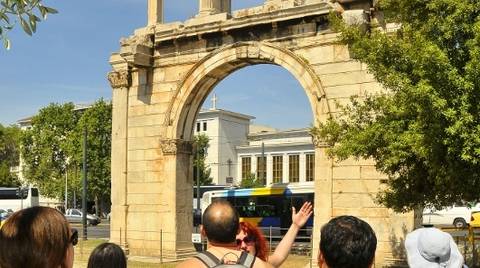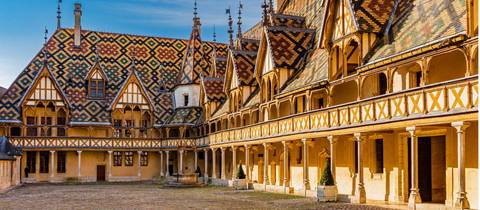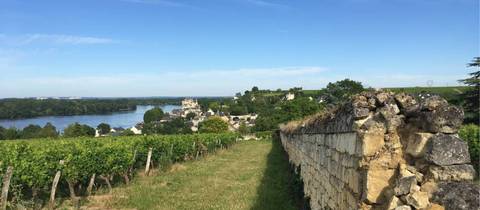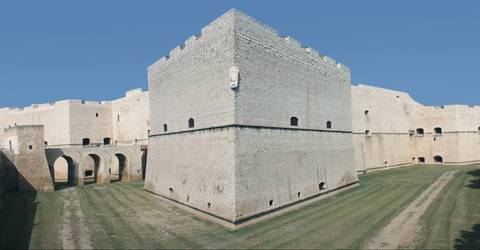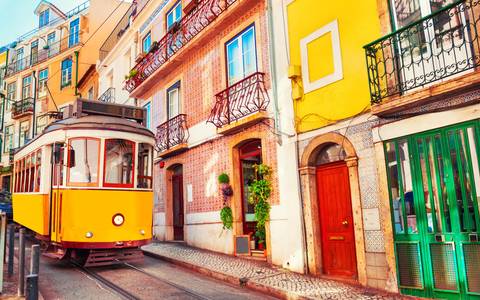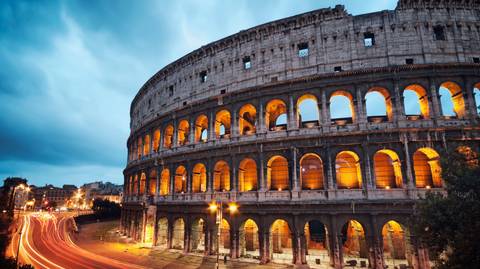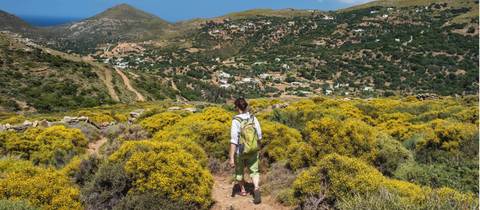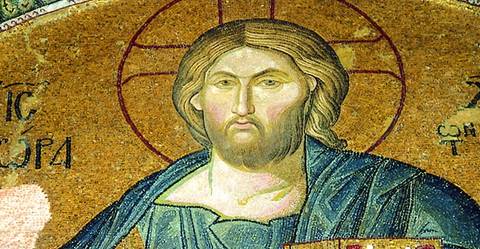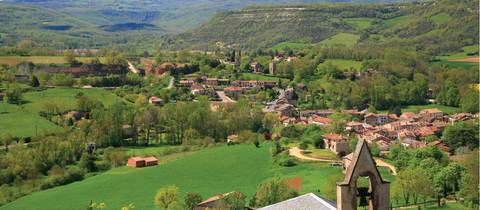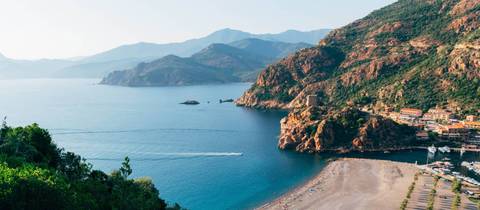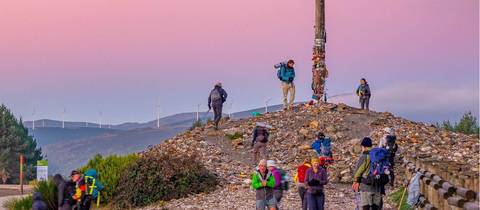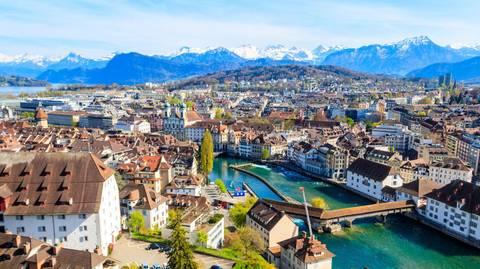Acropolis & City Tour
See the Heart of Athens
This comprehensive city tour takes you to the modern sights in the heart of Athens and the most important ancient sights that have been standing in the city for millennia. The tour concludes at the Acropolis which is one of the most visited and culturally revered ancient sights in the world. It continues to stand higher than the metropolis built around it, offering panoramic views of the entire capital.
Modern and Ancient Highlights
Start at the Syntagma metro station for a 10-minute tour inside of the station’s museum. Archaeological artifacts uncovered during the metro’s construction offer insight into daily life here thousands of years ago. The next stop is the Greek Parliament, followed by the Monument to the Unknown Soldier where you will watch the Changing of the Guards.
The walk continues to the National Gardens of Athens, Zappeion, and Hadrian’s Arch. The route passes by the Plaka and Anafiotika district to reach the next and final stop: the Acropolis.
The Acropolis
Entering on the south slope of the Acropolis, you’ll visit the Dionysus Sanctuary and Dionysus Theater before you walk up the slope leading to the Acropolis monuments. Panoramic views of the city will be perfect for Instagram-ready photos.
During your tour, you’ll gain insight into the significance of the historic monuments of Acropolis including the Parthenon, the Erechtheion, the Propylaia, the Nike Temple as well as other significant sights of Athens including the Odeon of Herodes Atticus, the Ancient Agora, the National Observatory of Athens and the city’s scenic hills: Filoppapos, Mars, and Pnyx.
USD 54
